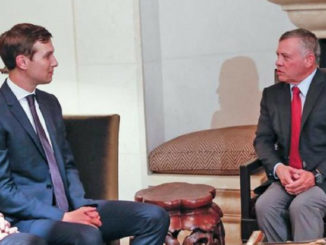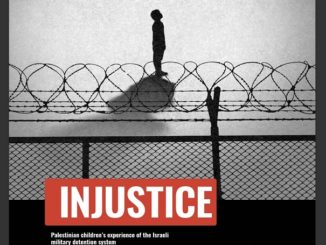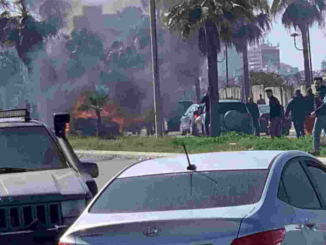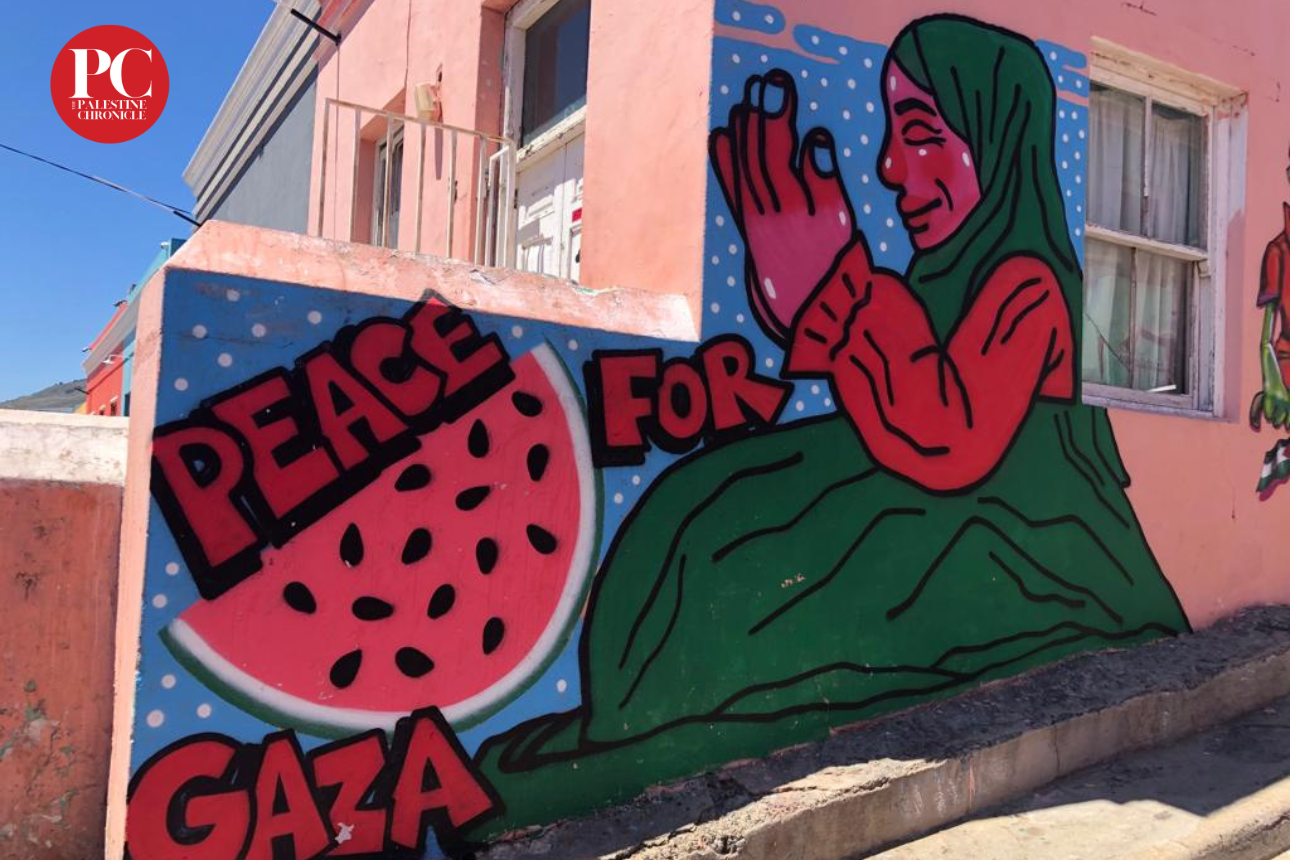
By Nurah Tape – The Palestine Chronicle 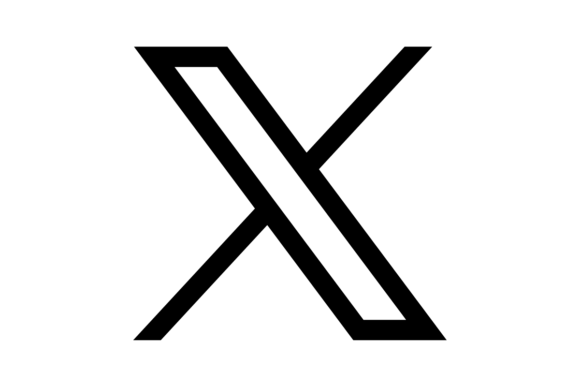
In recent weeks, it would be hard for visitors not to capture the numerous pro-Palestine murals in the picturesque area of Bo-Kaap in Cape Town.
Nestled on a hill overlooking Cape Town, the picturesque area of Bo-Kaap is one of the most photographed neighborhoods in the city.
With its colorful houses and cobbled stone streets, this historical quarter sees a regular influx of tourists from all over the world.
In recent weeks though it would be hard for visitors not to capture the numerous pro-Palestine murals and artwork that adorn the walls of homes.
Describing it as “another form of protest” in solidarity with the Palestinian struggle, organizer Obeidullah Gierdien, said that “visitors will inadvertently be capturing these murals in their pictures.”
Gierdien, 25, said he was motivated to do “something that would stick.”
“Flags tear and weather, people march, but you can only march for so many hours, but a mural is something that can only be destroyed when someone actively destroys it, other than that, a mural is here to stay.”
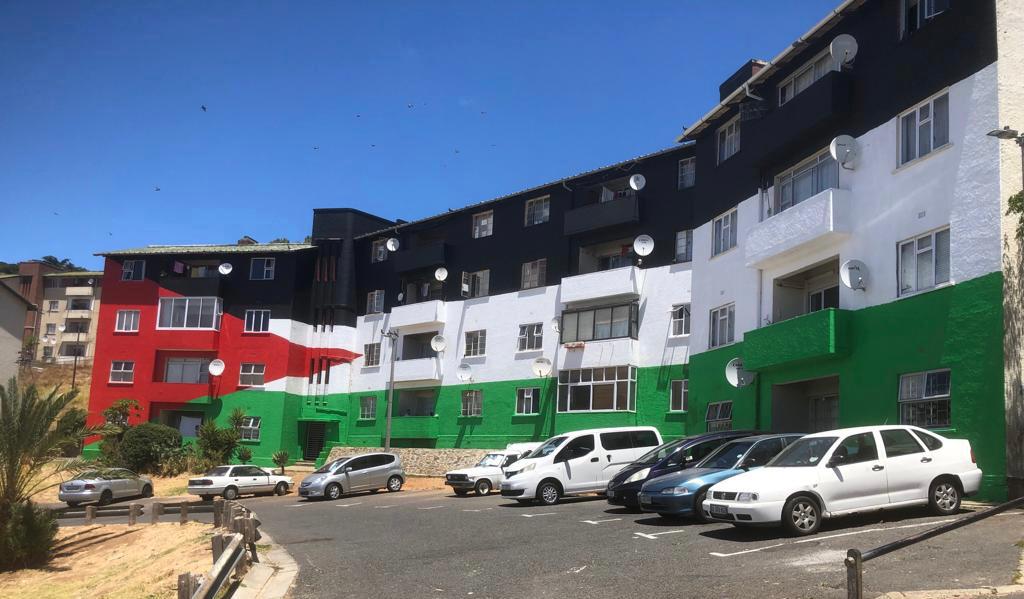
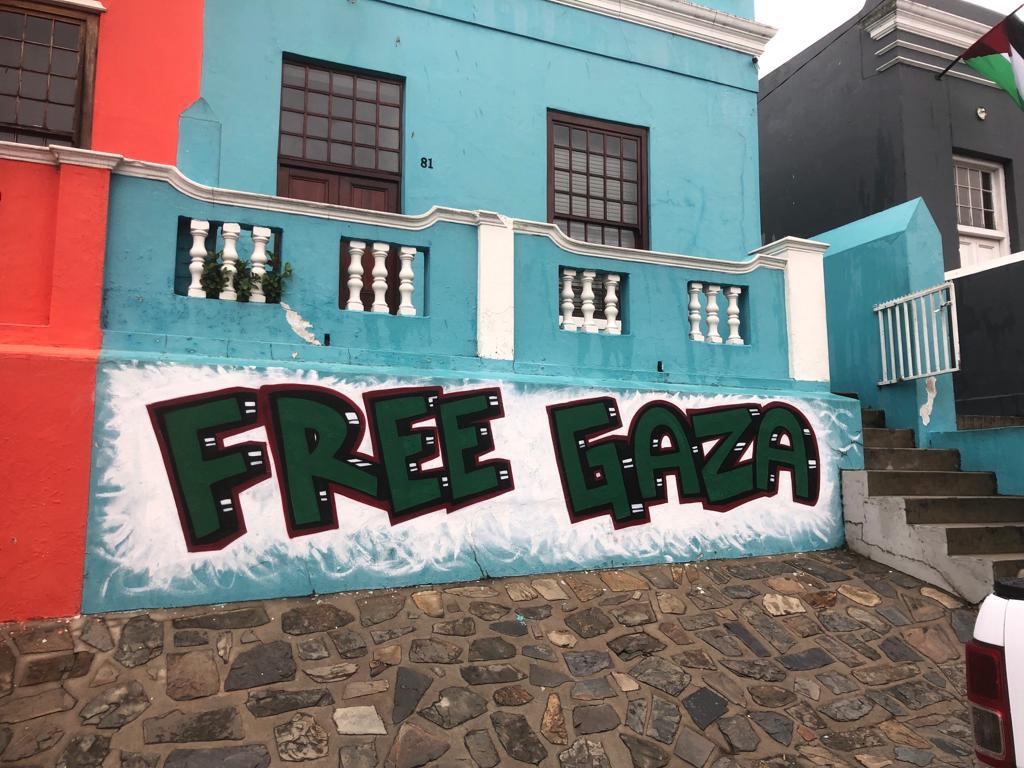
Gierdien grew up in the Bo-Kaap, a formerly racially segregated area that dates to South Africa’s slave era, where at some point, it is understood to have become a settlement for freed slaves initially brought from Malaysia, Indonesia, and other parts of Africa. It eventually became known as the “Malay” quarter, the apartheid classification for Cape Muslims.
Over the years, residents have been battling encroaching gentrification and Gierdien says he identifies with the Palestinian struggle of “being illegally occupied”.
“Bo-Kaap has a rich history and I feel my ancestors (who faced oppression) would definitely stand (with Palestine), so I take initiative from them,” he said.
A registered nurse by profession, Gierdien said “ I have never seen a white phosphorus injury” or the kind of injuries or destruction meted out by the Israeli forces in Gaza.
“So, it made me feel very small, (I felt) I need to show them we stand for the Palestinians.”
After a call was put out for artists and volunteers to participate in the Murals for Gaza campaign, Gierdien said he was inundated with requests.
Around 30 murals of diverse sizes and designs can be seen on the walls of residents’ homes, along with the Palestinian flag fluttering from various roofs.
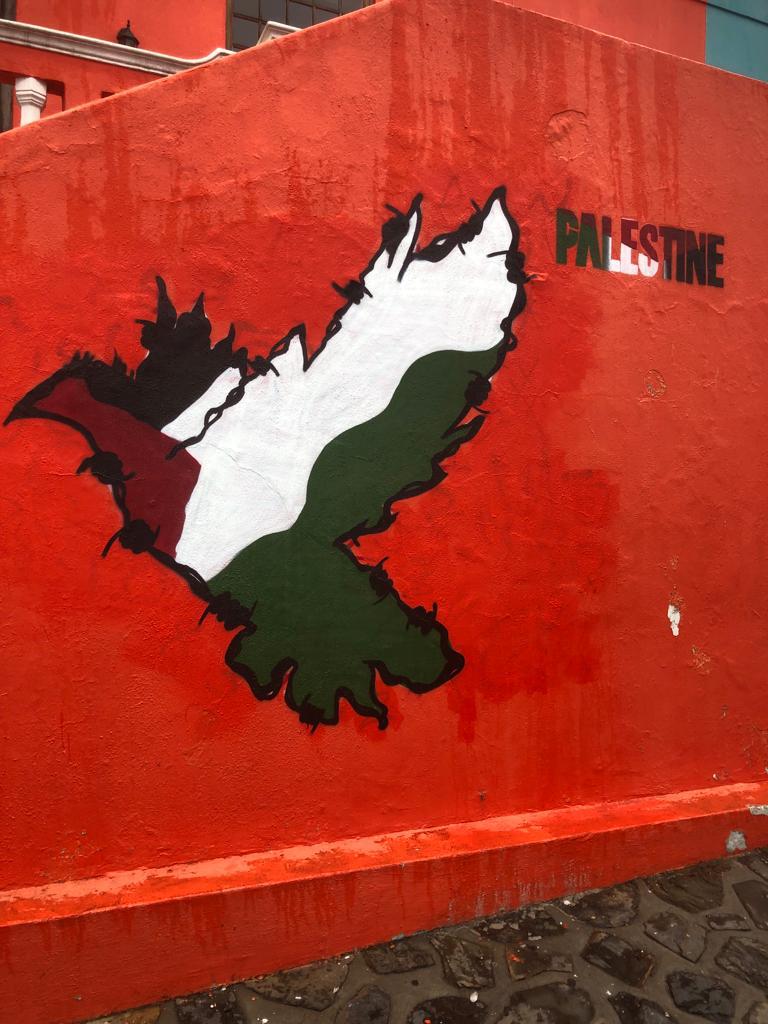
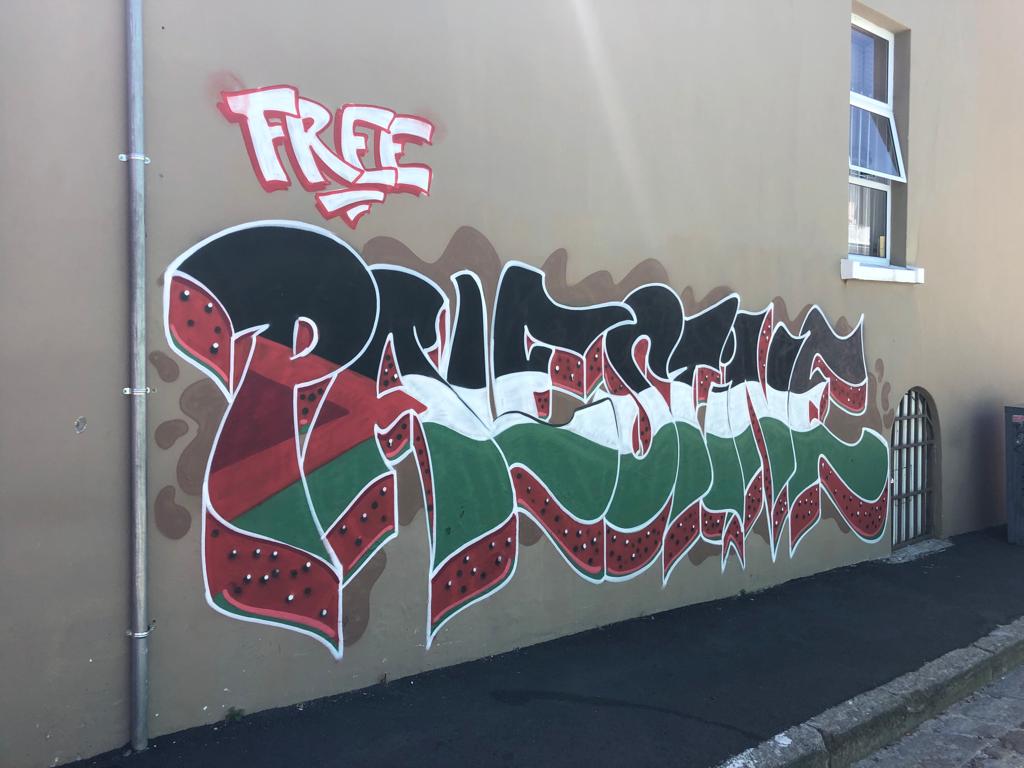
Some of the murals capture tragic incidents that occurred in Gaza such as the death of premature babies at the Al-Shifa hospital when the electricity supply was cut. A grieving mother is depicted holding her lifeless child.
One mural that provides a teaching opportunity is a timeline that indicates the history of the occupied land, beginning with the ‘Birth of Zionism’ through to the Balfour Declaration, the Nakba, the Intifada (uprising), up to the present day.
Gentrification, Land and Palestine
A young volunteer working on that mural, lamented the issue of gentrification in the Bo-Kaap and how he felt it correlated with the land issue in occupied Palestine.
“In South Africa, we say apartheid is finished, but realistically the Western Cape government “wants us out of the city.” He said, “there’s a line between being white and privileged and people of color still living in the city, so essentially they want us out of the city.” There’s a strong resemblance with Palestine, especially on the land issue, explained Taha Hendricks.
Gierdien feels the city’s authorities are trying to curtail the pro-Palestine solidarity effort, saying that “already the city is trying to pass a by-law that will stipulate residents to seek permission to alter their houses, whether it be alterations or paintings…”
It’s a form of us being “illegally occupied” in addition to gentrification, added Gierdien. “This is how we relate (to Palestine),” he said.
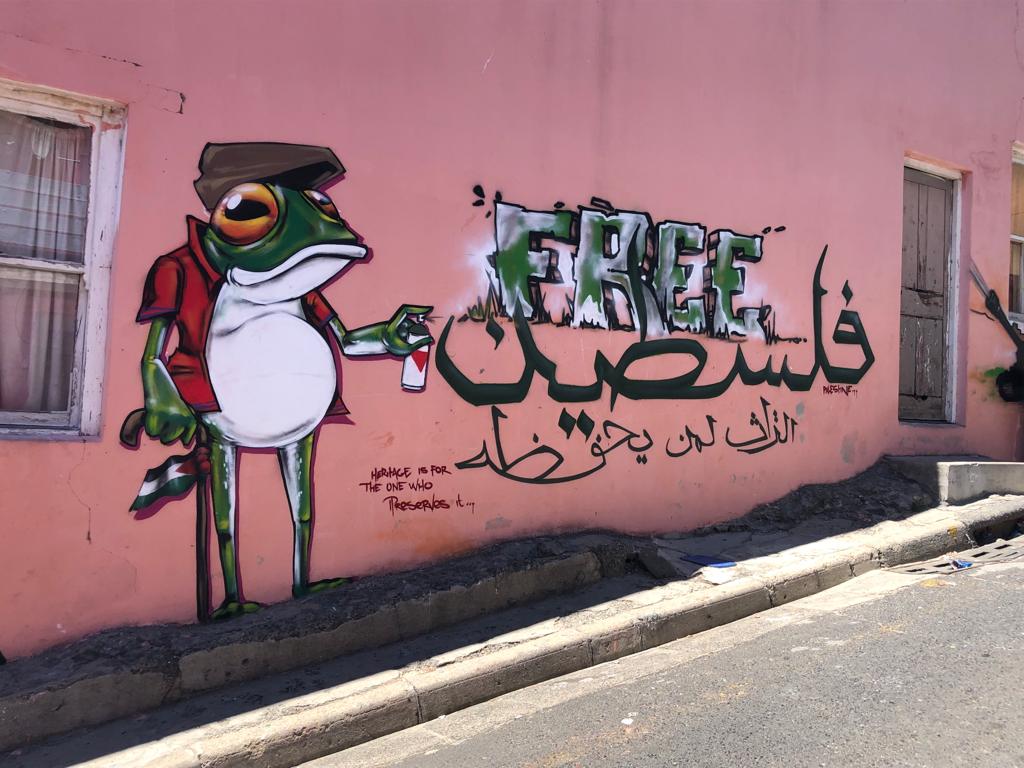
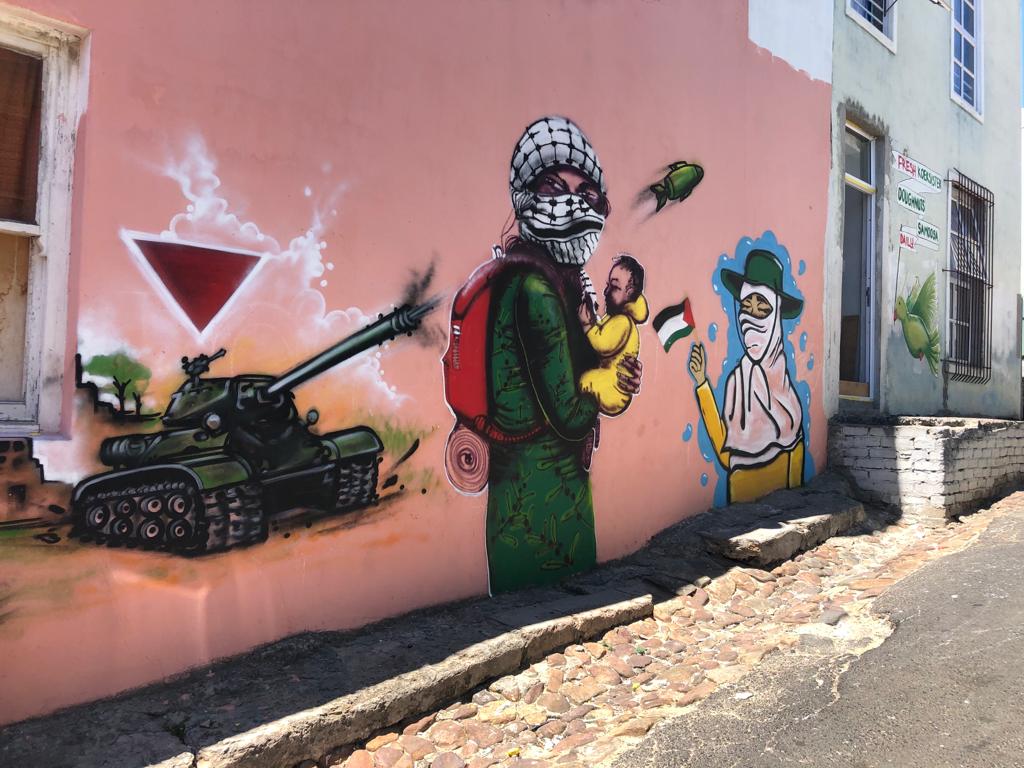
The proposed by-law “is startlingly reminiscent of apartheid legislation that banned the display of materials advocating for justice,” a member of The Good Party, a local political party reportedly said.
The city reportedly urged residents not to confuse the outdoor advertising by-law with the graffiti by-law.
Gierdien meanwhile stressed that “if mainstream media won’t report on the atrocities committed in Gaza, then the walls will speak,” or in one final project, it will scream.
A giant mural depicting the Palestinian flag was painted on the front of a block of flats that overlook the Bo-Kaap.
Describing it as “potentially the largest mural in South Africa, and if we get the dimensions right, potentially the largest in the world,” Gierdien said “the activism doesn’t stop.”
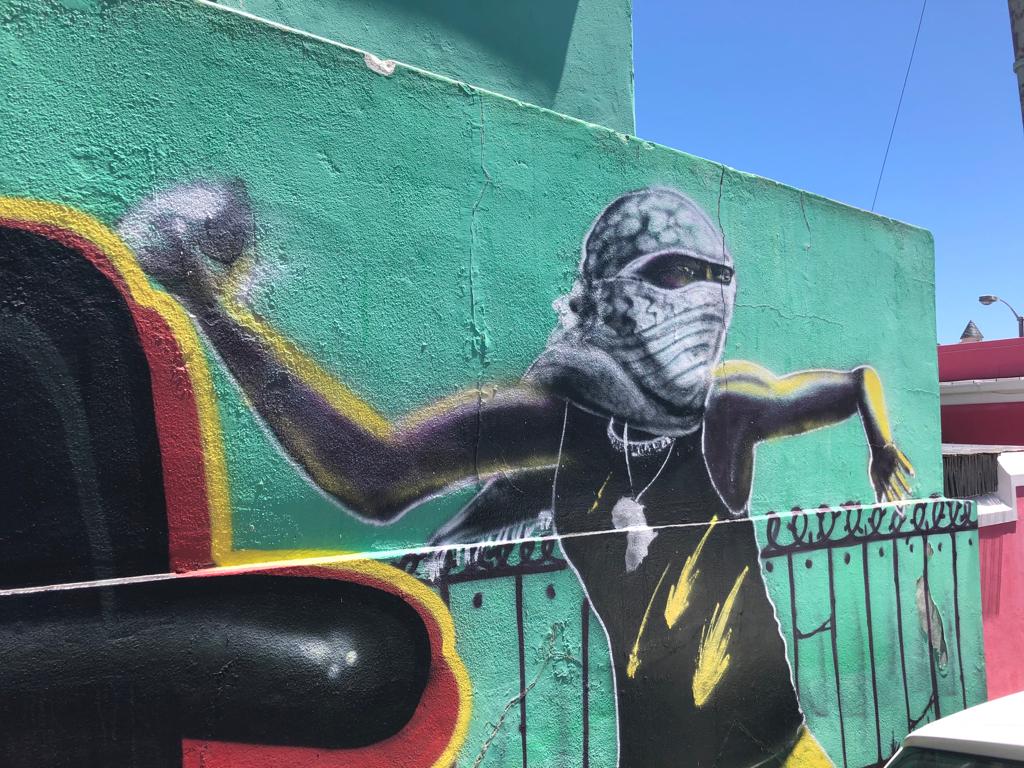
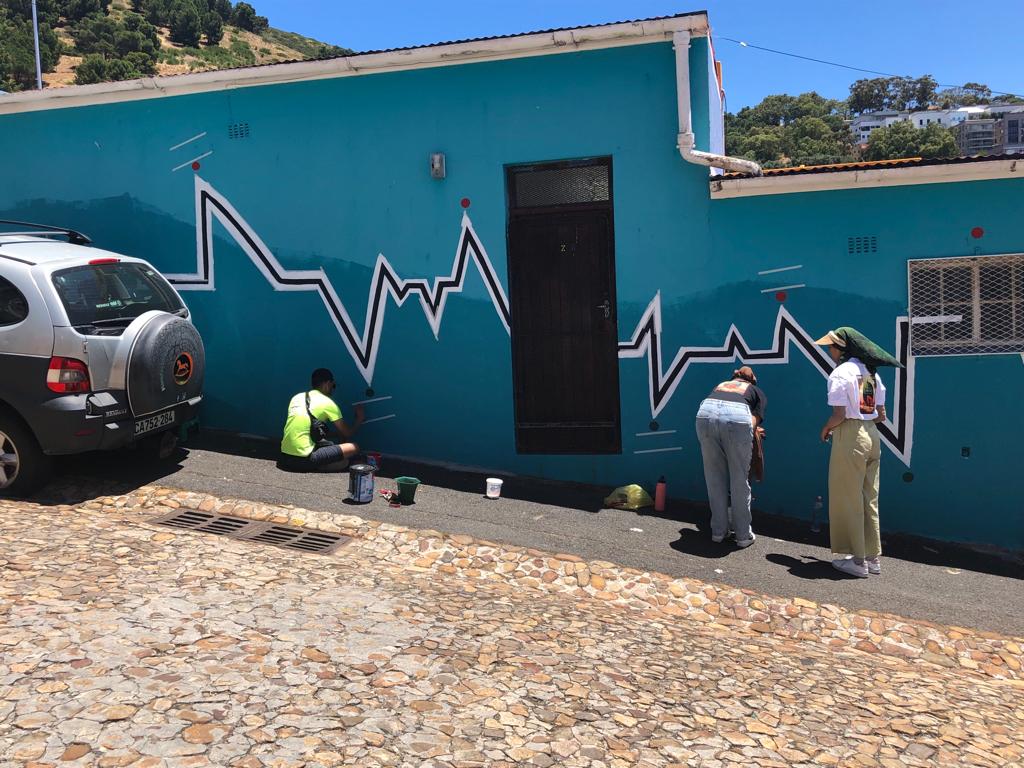
“I challenge the world to make a bigger mural than what is currently in South Africa so that we can show stronger support,” for the Palestinian people, he said.
In Durban, members of African Artists Against Apartheid, KZN Palestine Solidarity Forum, SA Muslim Network and Friends, also came together to express their solidarity with Palestine through street art.
On Saturday, they unveiled the Wall of Existence in the heart of the city.
Academic Lubna Nadvi is reported by the IOL news website as saying that “It is called the Wall of Existence, because despite efforts by apartheid Israel to kill and eliminate as many Palestinians as they can, the Palestinians exist and resist their occupation.”
(Palestine Chronicle)
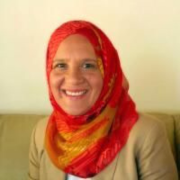
– Nurah Tape is a South Africa-based journalist. She is an editor with The Palestine Chronicle.

